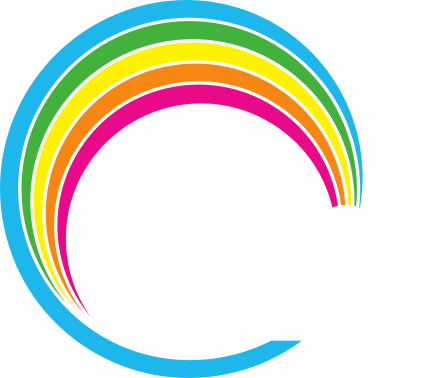Computing
The National Curriculum identifies that children need a high-quality computing education equipping pupils to use computational thinking and creativity to understand and change the world. Computer Science is at the core of our curriculum, where pupils are taught the principles of computational thinking. They learn how to put this knowledge to use when writing simple computer programs or controlling robots through simple coding and programming exercises. They learn how digital systems such as the Internet, computer networks and email work and are taught the principles of information and computation, how digital systems work, and how to put this knowledge to use through programming.
Computing also ensures that pupils become digitally literate, expressing and developing their ideas through information and communication technology. They learn day-to-day computer use, such as logging in, password security and how to use the internet in a discerning manner. They will learn the principles of Digital Safety; how to communicate and collaborate safely when online and how to be good digital citizens.
In order to ensure progression of knowledge and skills, we follow the Switched On Computing Scheme. Children study computing in blocks, and the content of each block is outlined in the school’s Computing Knowledge and Skills Progression Map. This approach enables a project-based approach to computing and supports a greater depth of understanding throughout the focused teaching blocks.
